CesiumJS Downloaded More than 1 Million Times
CesiumJS has passed the 1 million mark for total lifetime downloads. Passing that milestone means a lot to us and to the CesiumJS community.
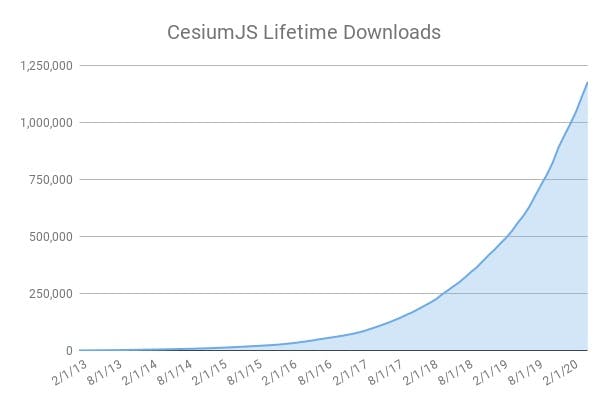
Since CesiumJS was released as open source in April 2012, it’s been downloaded more than 1 million times.
1 million downloads means concerted effort from more than 200 contributors
Since Cesium was released as open source in April 2012, more than 200 developers have contributed to the project. We appreciate everything the community has contributed, from features to bug fixes to documentation. Want to join the contributor community? Try out one of the “beginner” issues.
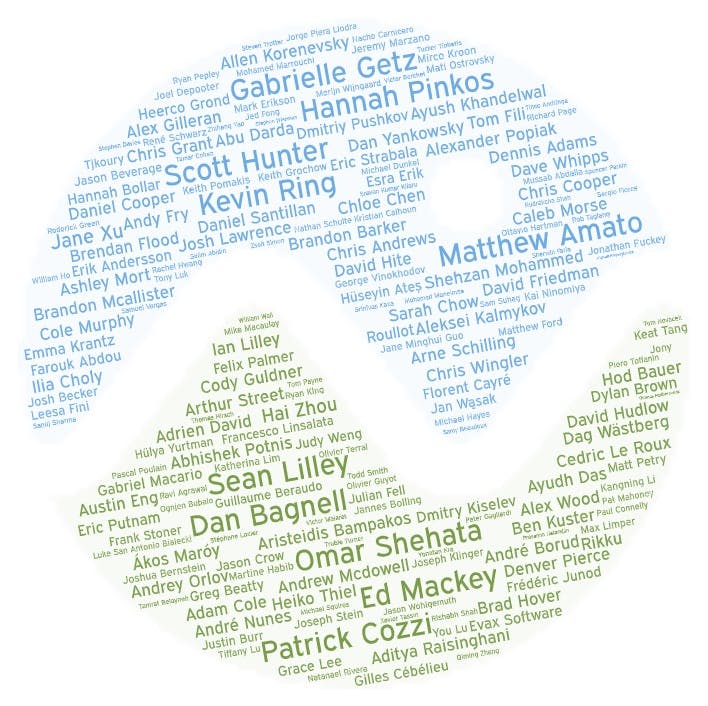
Cesium contributors. The top 10 contributors, with an average of 1,618 commits between them, are shown in larger type.
1 million downloads means thousands of 3D geospatial apps
The developer community around CesiumJS has built thousands of applications with CesiumJS, in dozens of industries, from drones to history to extreme sports. They’ve visualized commercial real estate spaces, major hurricanes, yachting competitions, and the expeditions of the Mars rover.
1 million downloads means millions of lines of code
CesiumJS is one of the most extensive JavaScript libraries developed, shipping out of the box with an interactive 3D globe, star map, terrain, imagery, dynamic lighting, and interactive timeline. We’ve released updates and improvements to CesiumJS every month since CesiumJS was developed—cumulatively adding more than 9 million lines of code and removing over 7 million—as we constantly become more efficient at streaming massive amounts of data online.
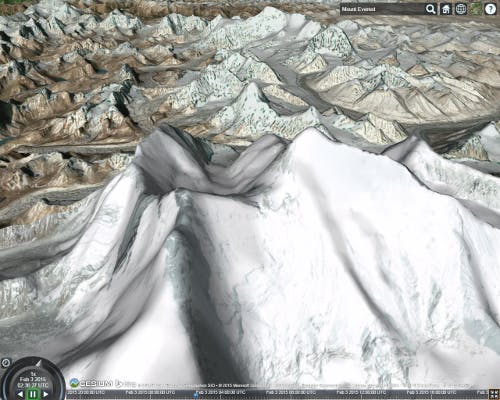
Mount Everest in Cesium, 2013.
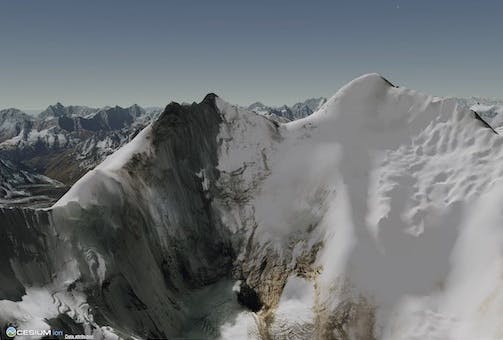
Mount Everest in Cesium, 2020.
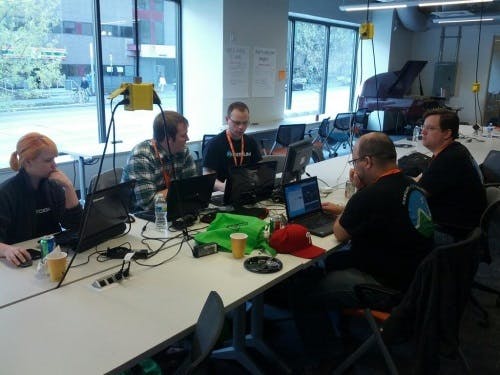
Cesium developers, 2013. Left to right: Hannah Pinkos, Dan Bagnell, Patrick Cozzi, Matt Amato, and Scott Hunter.
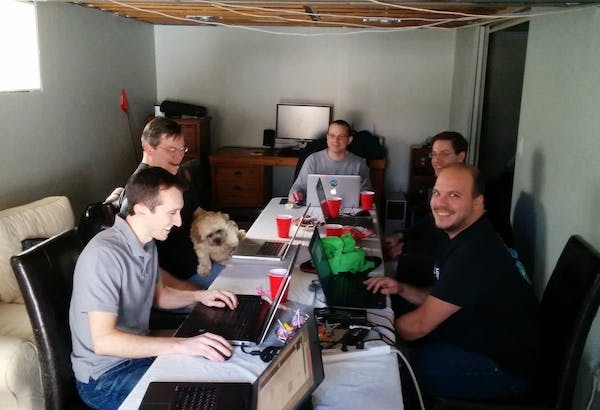
Working on Cesium, February 2014. When an office power outage threatened to slow development, the team headed to Kevin Ring’s basement and worked on Cesium on generator power. Around the table, left to right: Greg Beatty, Scott Hunter, The Captain, Patrick Cozzi, Richard Page, Matt Amato.
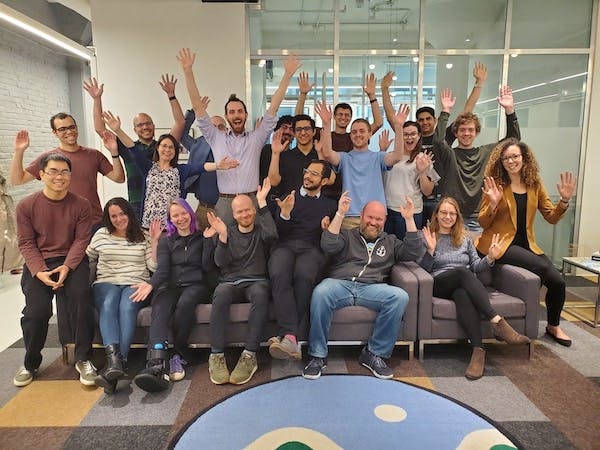
Cesium team, 2020 … and growing!
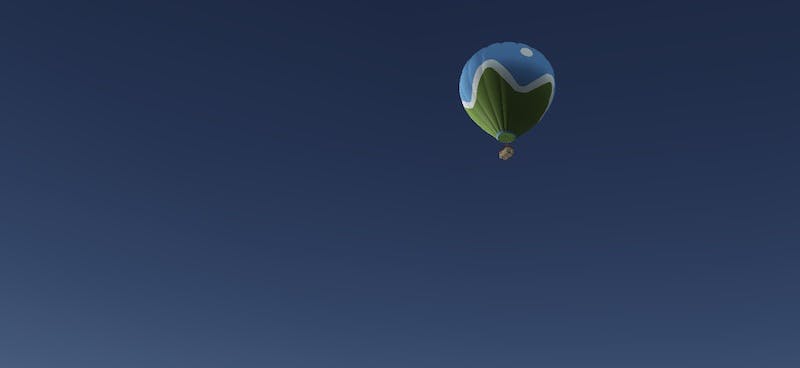
Cesium is on the up-and-up.